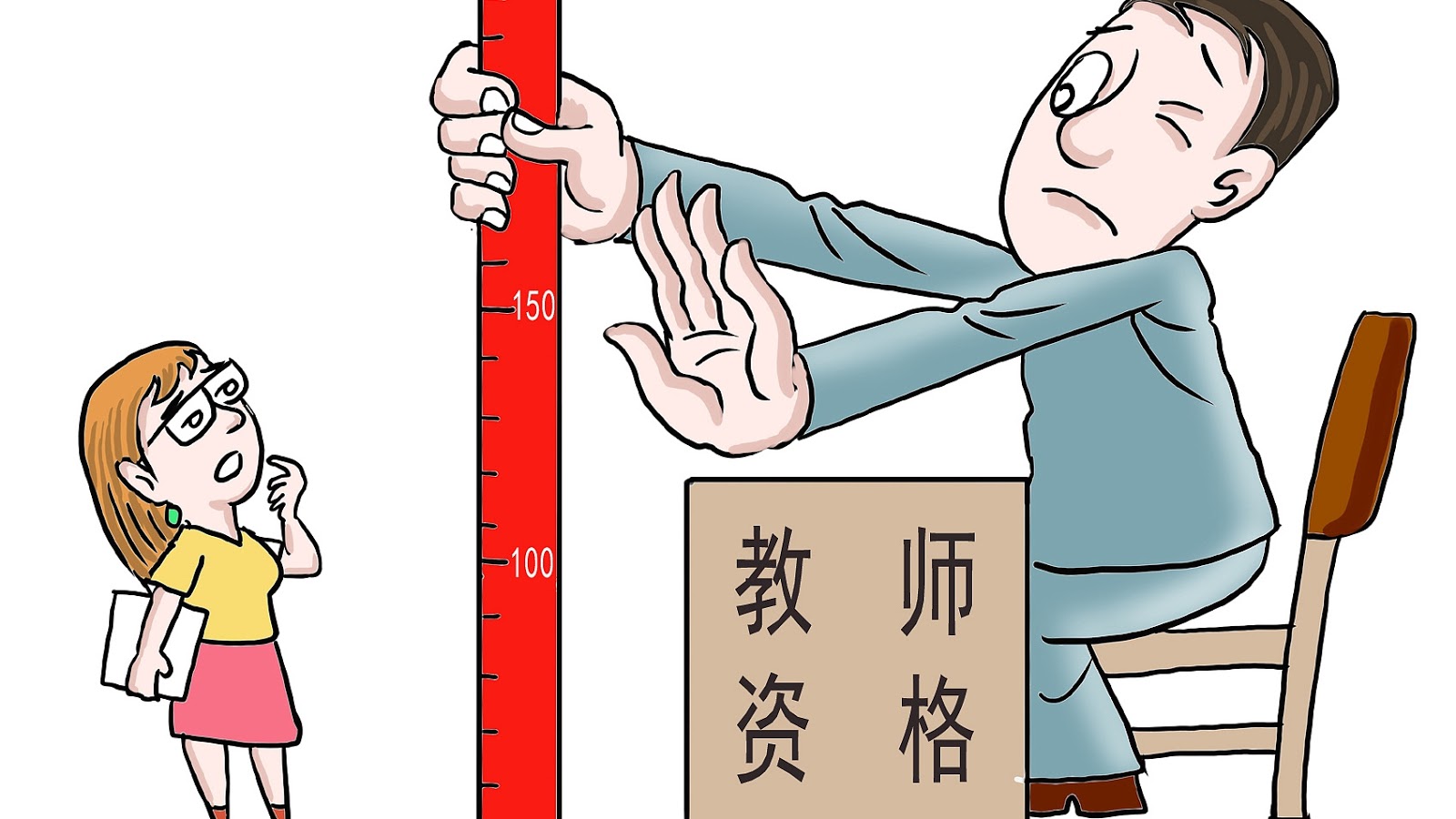The solar market is in flux, due in part to global trade tensions. A Los Angeles Times article on July 7 stated that Trump’s tariff can disrupt the solar power industry, noting that “once you launch a trade war, it’s very hard to control the consequences.”
As the prices of solar panels fluctuate amid uncertainty, who are the real victims of the trade war when it comes to energy?
The trade conflict erupted since the Trump administration started publicly considering tariffs on imports last summer, mostly from China and other Asian countries.
On June 15, Trump declared tariffs on 34 billion US dollars’ worth of Chinese imports, and China immediately retaliated by raising tariffs on US shipments of farm produce, dairy products and automobiles. Three days later, the White House declared that the United States would impose additional 10 percent tariffs on another 200 billion US dollars’ worth of Chinese imports if China retaliated against the US tariffs.
Actually, the United States announced in January that it would impose temporary tariffs on imports of solar cells and solar panels from China. This has turned energy into a key area of the trade war.
Many energy entrepreneurs are realizing that the beautiful dreams espoused by their president are also being destroyed by him, though the energy cooperation deals with a combined value of 163.7 billion US dollars signed during Trump’s visit to China still remain in effect.
One of the deals is a memorandum of understanding signed by China Energy Investment Corp to invest 83.7 billion US dollars in shale gas, power and chemical projects in West Virginia. There’s also another agreement worth 11 billion US dollars between Petro-China and Chenille energy.
Thanks to shale gas, the US has transformed from an energy importer to an exporter. Meanwhile, China’s goal of green development has seen it focusing more on using cleaner energy, such as natural gas.
Since China can be a large market for US energy exports, collaboration is a win-win deal, even if neither side wants to admit it.
However, due to the escalation in the China-US trade war, a scheduled trip by the delegation from China Energy Investment Corp to West Virginia was canceled this June.
This means that energy enterprises are the real victims in this ongoing conflict. They are losing access to the largest market in the world as well as a cheap supply of renewable energy products.
Since energy security is a challenge that should be tackled by all countries in order to meet the UN’s sustainable development goals, one should consider the consequences that this trade war poses to the world.
As the prices of solar panels fluctuate amid uncertainty, who are the real victims of the trade war when it comes to energy?
The trade conflict erupted since the Trump administration started publicly considering tariffs on imports last summer, mostly from China and other Asian countries.
On June 15, Trump declared tariffs on 34 billion US dollars’ worth of Chinese imports, and China immediately retaliated by raising tariffs on US shipments of farm produce, dairy products and automobiles. Three days later, the White House declared that the United States would impose additional 10 percent tariffs on another 200 billion US dollars’ worth of Chinese imports if China retaliated against the US tariffs.
Actually, the United States announced in January that it would impose temporary tariffs on imports of solar cells and solar panels from China. This has turned energy into a key area of the trade war.
Many energy entrepreneurs are realizing that the beautiful dreams espoused by their president are also being destroyed by him, though the energy cooperation deals with a combined value of 163.7 billion US dollars signed during Trump’s visit to China still remain in effect.
One of the deals is a memorandum of understanding signed by China Energy Investment Corp to invest 83.7 billion US dollars in shale gas, power and chemical projects in West Virginia. There’s also another agreement worth 11 billion US dollars between Petro-China and Chenille energy.
Thanks to shale gas, the US has transformed from an energy importer to an exporter. Meanwhile, China’s goal of green development has seen it focusing more on using cleaner energy, such as natural gas.
Since China can be a large market for US energy exports, collaboration is a win-win deal, even if neither side wants to admit it.
However, due to the escalation in the China-US trade war, a scheduled trip by the delegation from China Energy Investment Corp to West Virginia was canceled this June.
This means that energy enterprises are the real victims in this ongoing conflict. They are losing access to the largest market in the world as well as a cheap supply of renewable energy products.
Since energy security is a challenge that should be tackled by all countries in order to meet the UN’s sustainable development goals, one should consider the consequences that this trade war poses to the world.
































































































